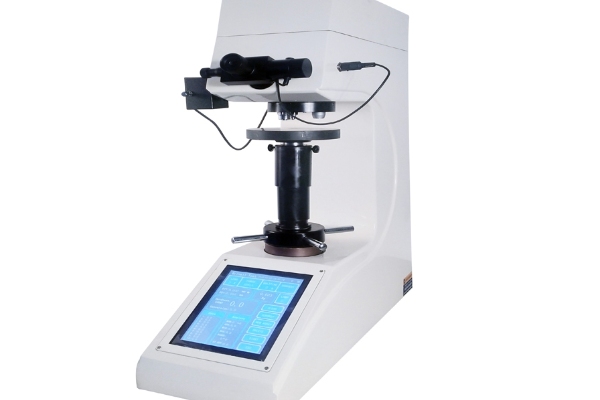Brinell hardness, as an important index of the mechanical properties of materials, has a wide range of applications in the field of engineering. This paper will introduce the definition and measurement principle of Brinell hardness, and discuss its importance in materials engineering and application areas.
Brinell hardness definition and measurement principle
Brinell hardness is a method of indirectly reflecting the hardness of a material by applying a diamond pyramid shaped indenter with a certain force on the surface of the material and measuring the size of the indentation left by the indenter on the material. The Brinell hardness value represents the material's ability to resist external forces and the stability of the material's internal structure.
In the Brinell hardness test, the commonly used indenter types are 1/16-inch indenter and 1/8-inch indenter, respectively known as BHN and BH2.5. During the test, the indenter is applied to the surface of the material with a certain load and continues to act for a certain period of time. After the test is completed, the hardness value of the material is calculated using the Brinell hardness formula by measuring the diagonal length of the indentation left by the indenter on the surface of the material.

Importance of Brinell hardness
Brinell hardness values provide information about the hardness of a material and are important for material selection, processing and use.
Material Selection:
In the engineering design process, the selection of the right material is critical to the performance and longevity of the product. By comparing the Brinell hardness values of different materials, we can assess their wear resistance, corrosion resistance, high temperature resistance and other characteristics in order to select the most suitable material.
Processing:
During the machining of a material, the Brinell hardness value guides the selection of the machining process. Materials with higher hardness are usually difficult to cut and have slower machining speed, while materials with lower hardness are easily embrittled. Therefore, a reasonable machining process should be determined according to the hardness characteristics of the material.
Product quality control:
Brinell hardness testing of materials during the manufacturing process helps in product quality control. By measuring the material hardness value, the consistency and stability of the material can be assessed to ensure that the product meets the design requirements.

Application areas of Brinell hardness
Brinell hardness is widely used in the field of materials engineering and metal processing, and has an important role in the following aspects:
Evaluation of metallic materials: Brinell hardness can be used to evaluate the hardness, tensile strength and toughness of metallic materials, which is a guide for material selection and product design.
Surface treatment: Brinell hardness testing can be used to assess the adhesion and wear resistance of coatings during surface treatment processes.
Material quality control: Brinell hardness testing can be used to detect consistency and variation in material hardness and to ensure material quality during production.
Material Comparison: By performing Brinell hardness testing on different materials, the differences in material hardness can be visually compared, providing a reference for product design and material selection.
Conclusion
Brinell hardness, as a commonly used material hardness assessment method, plays an important role in the engineering field. Through the measurement and comparison of material hardness, it can provide an important reference for material selection, processing technology and product quality control. In addition, Brinell hardness is widely used in the fields of metal material evaluation, surface treatment and material comparison. Therefore, it is very important for materials engineering students to have an in-depth understanding and mastery of the concept and measurement principle of Brinell hardness.